A week ago, Pannier asked me to discuss my thoughts and preparation for this year’s edition of the Transcontinental race (TCR) in my roaming photographer role. At first, I was unsure how to sum up such an incredible journey – how does one prepare for the TCR?!
“When the routine bites hard
And ambitions are low
And the resentment rides high
But emotions wont grow
And were changing our ways,
Taking different roads…“
Joy Division

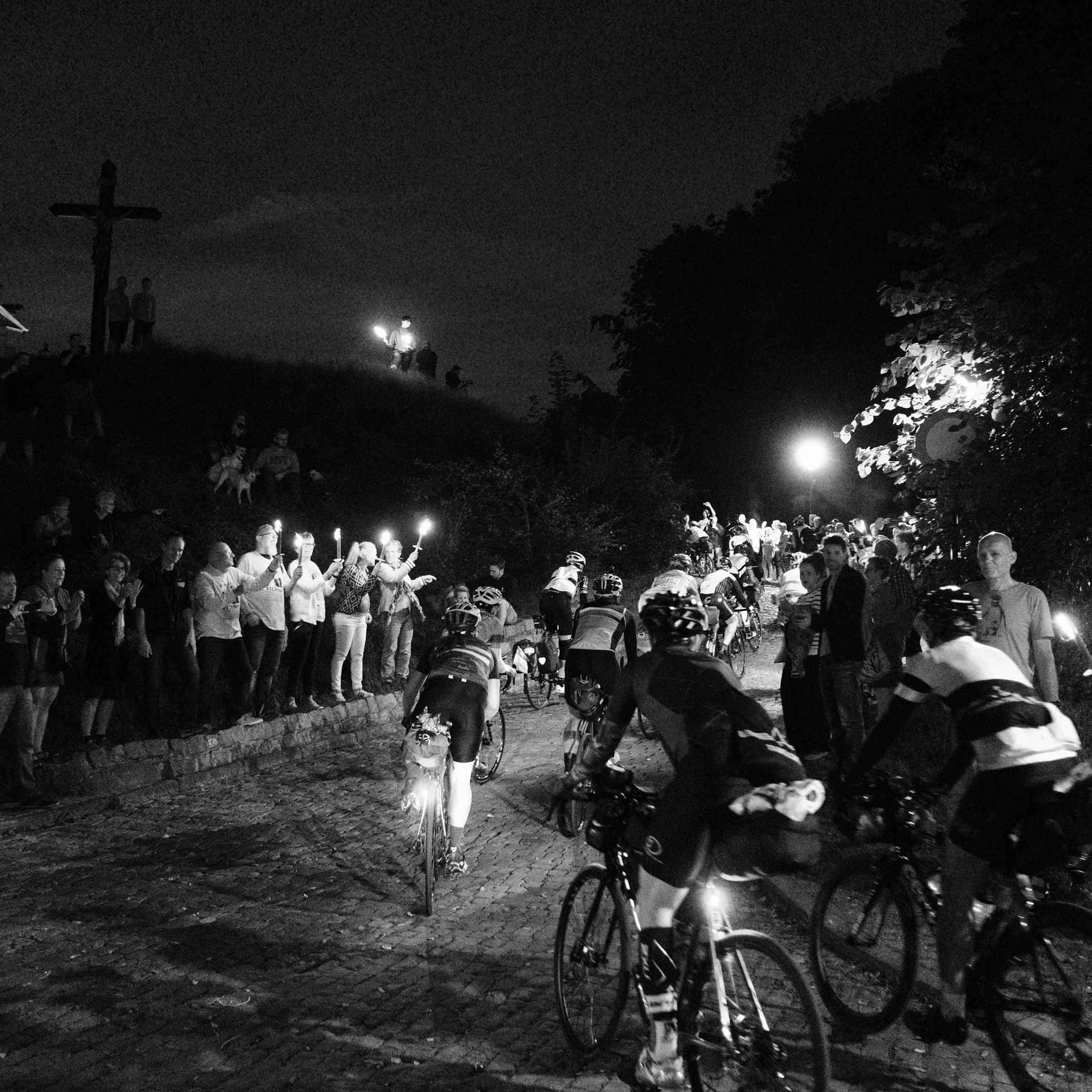
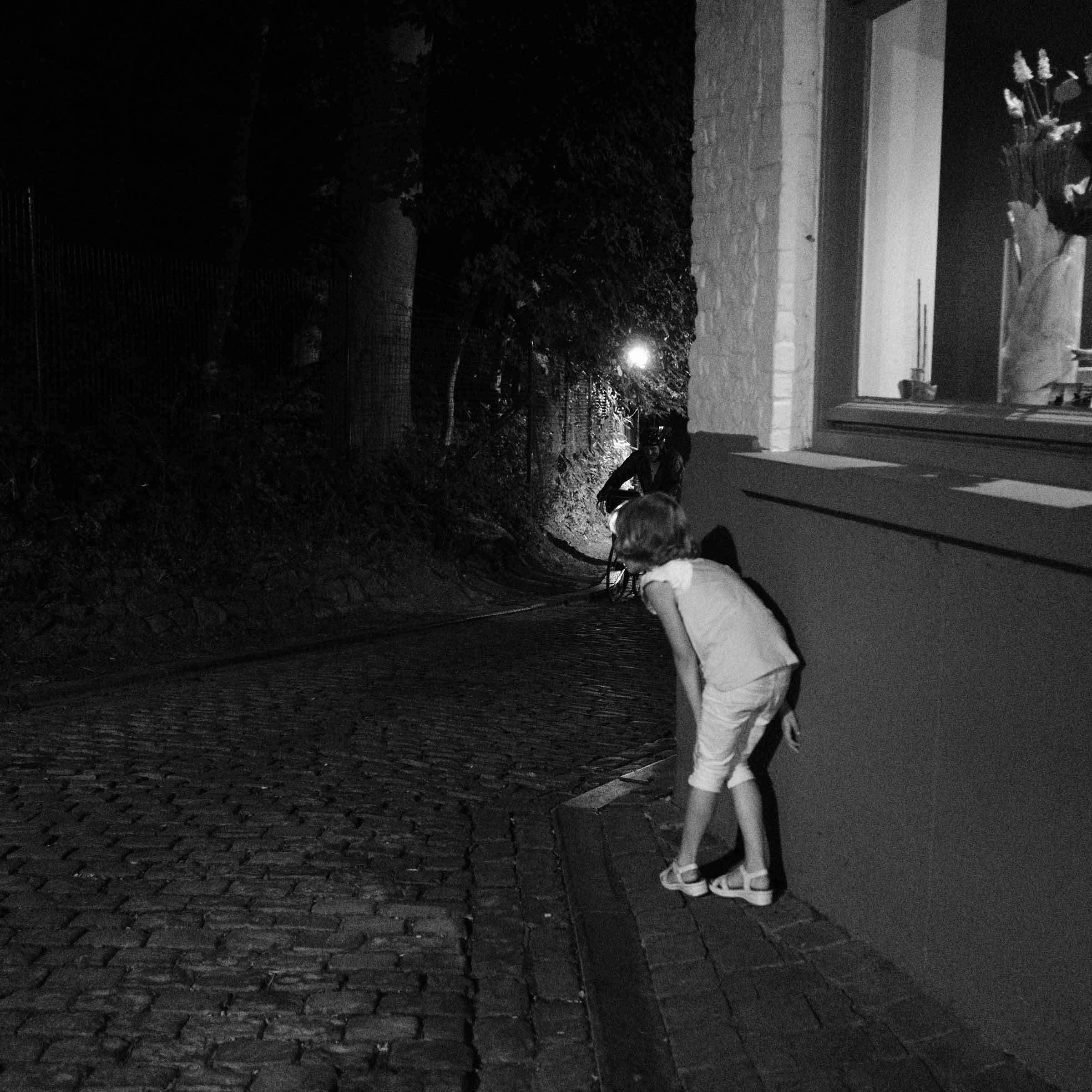
A little history first…
I spent many years following the big races: the Tour de France, Roubaix, Flanders, etc. I would be riding my motorbike and carrying a load of kit, generally way-overloaded. I never really did the whole ‘Pro-Tour’ thing properly. I never tagged my images in the pressroom or spent hours in a hotel room uploading for different clients. There were elements that fascinated me and I drank it all in – especially the hysteria, places and people before, during, and after the races passed through – which was my job as an artist. But I found the whole circus weirdly straight and ultimately a little dull. I was usually on a motorcycle and the racing was fast BUT it was chained to a route – deviation and adventure was only within a very thin bandwidth. The racing is corporate and formulaic. Routine killed my love of the sport.
I nearly left cycling for good. I felt I had shot what I needed and was moving away from the bicycle as a metaphor altogether, when, by chance, I spoke to Mike Hall. I was aware of the TCR, but had not really looked into it before. As soon as I had taken a look at the 2014 race on social media, I was interested and fancied a road trip from the back of a car so signed myself up for the third edition in 2015.
Preparation! What preparation? I was to meet Mike and the crew in a car park in Folkestone, and that was all I knew. Oh, and the fact that it finished in Turkey.
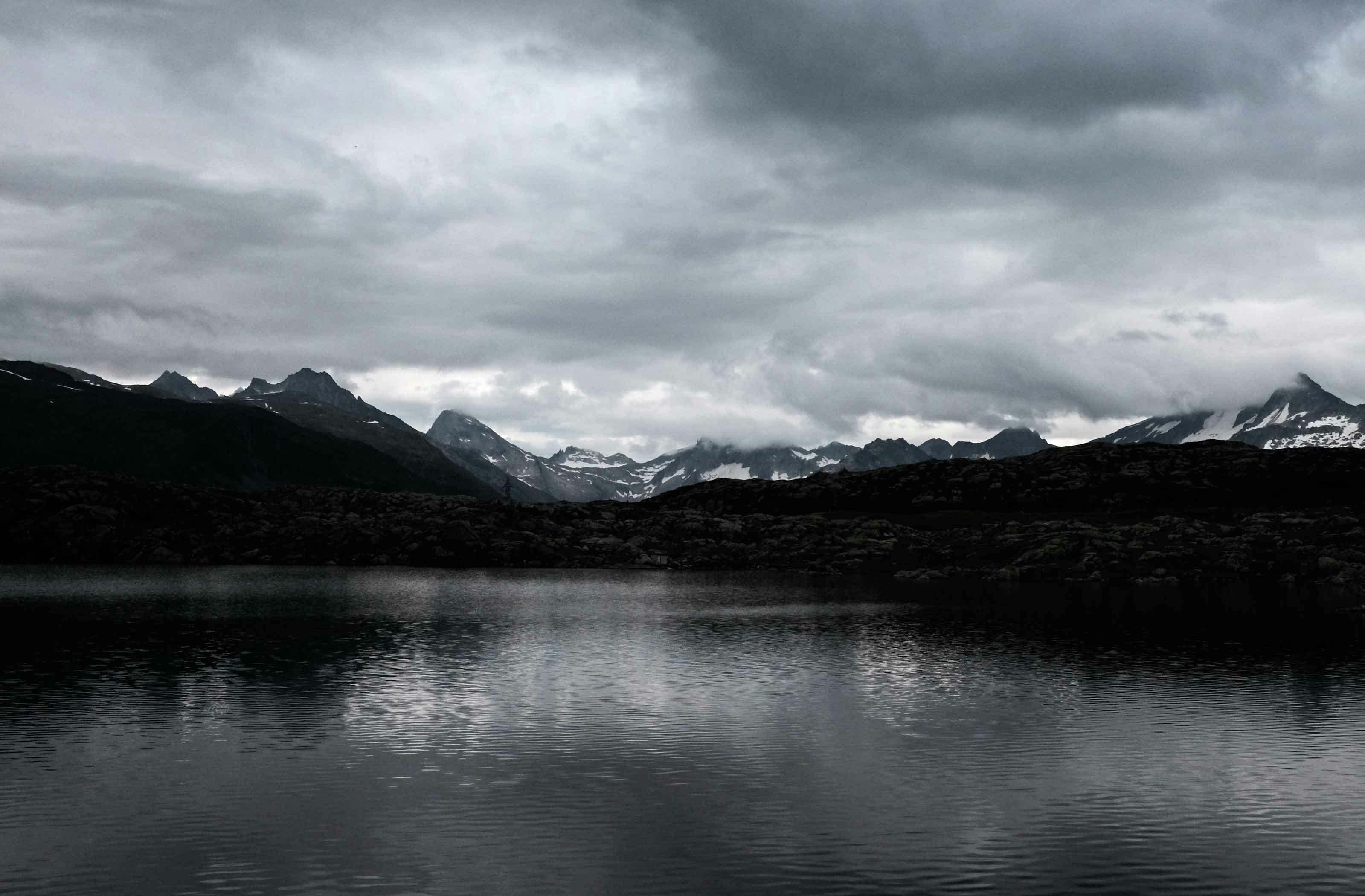
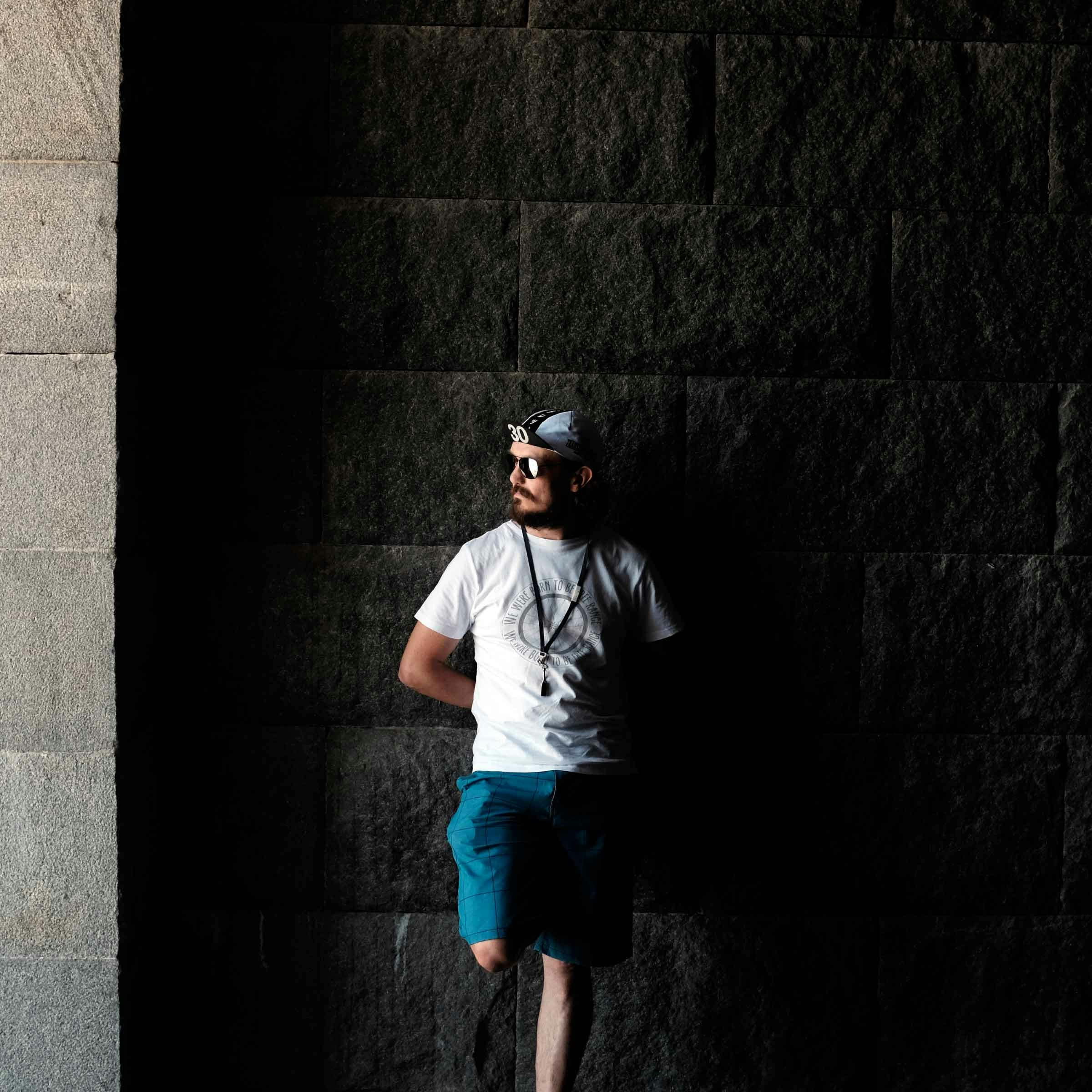
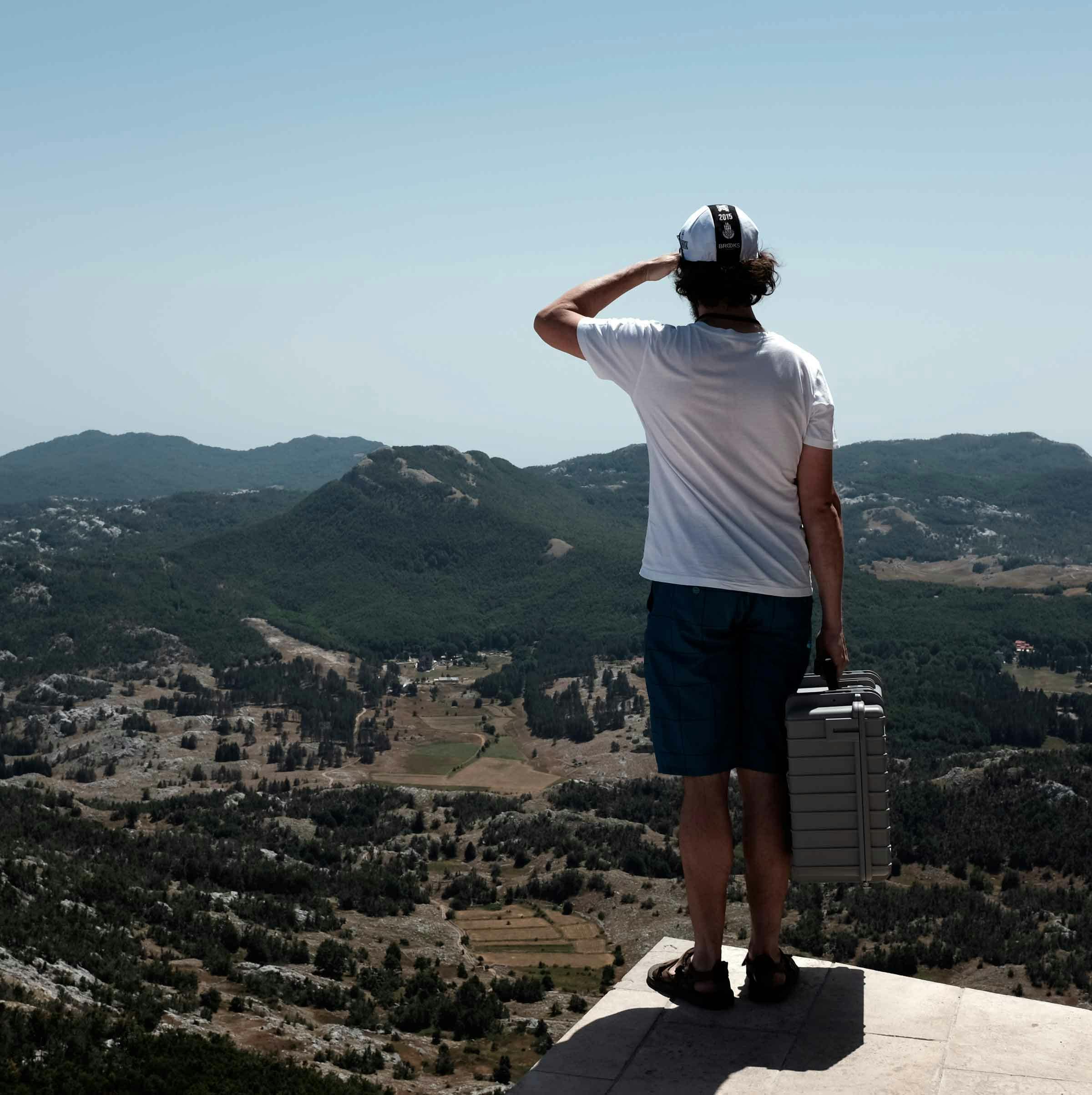


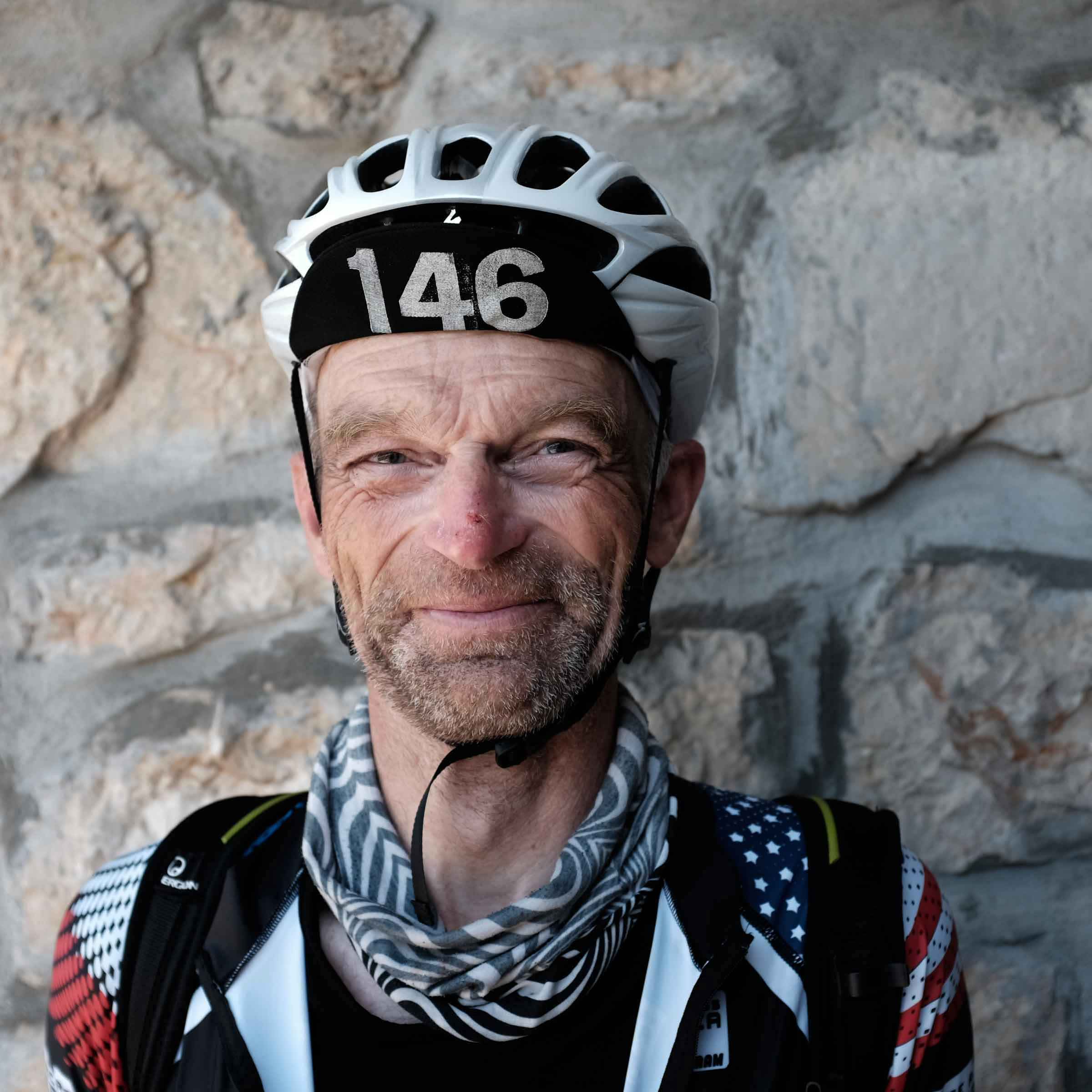
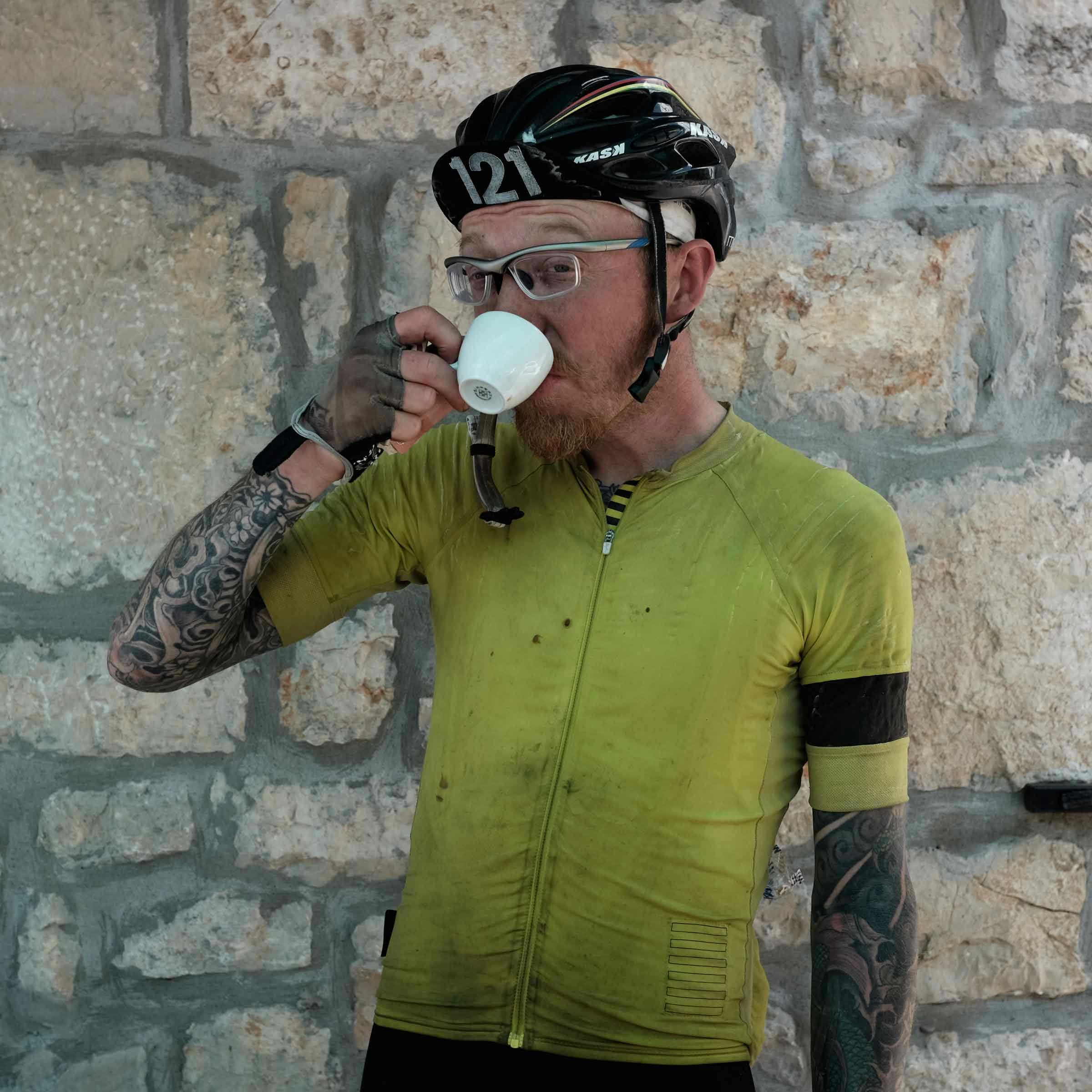
“Everything comes down to weight and space on the TCR – it’s true for the racers, and it’s true for us in the support cars following the race. The racers chop down their toothbrushes, I chop down camera kit sizes. Chop down my file size, chop down everything.”
That first year I followed the race with one small camera, fixed focal length (35mm) lens, 8 SD cards, a wi-fi hard-drive and an Android phone. It all fit in a small bag, all chargeable from a USB and I only shot JPEGS. This was not so much preparation as a reaction to my previous exploration; it was a pretty good fit. Everything comes down to weight and space on the TCR – it’s true for the racers, and it’s true for us in the support cars following the race. The racers chop down their toothbrushes, I chop down camera kit sizes. Chop down my file size, chop down everything.
I’m attracted to the TCR because it has a purity that I like. It is simple by design, simple to ride. I like my pictures to be simple. The majority of my images come straight out of the camera, get the contrast adjusted a little and that’s it – no post-production on them. I’m some kind of puritan; the racers are some kind of puritans.
The more we journeyed that first year, the more I loved it. The pace, the stories and the characters. Mike’s vision for a race made total sense to me; it was what the Tour de France could have been. It was utterly contemporary and ideal for the dot-watching, social media age. This year is a crossroads for the TCR. This 2017 fifth edition is run in memory of Mike, keeping the flame alive and preserving Mike’s vision.
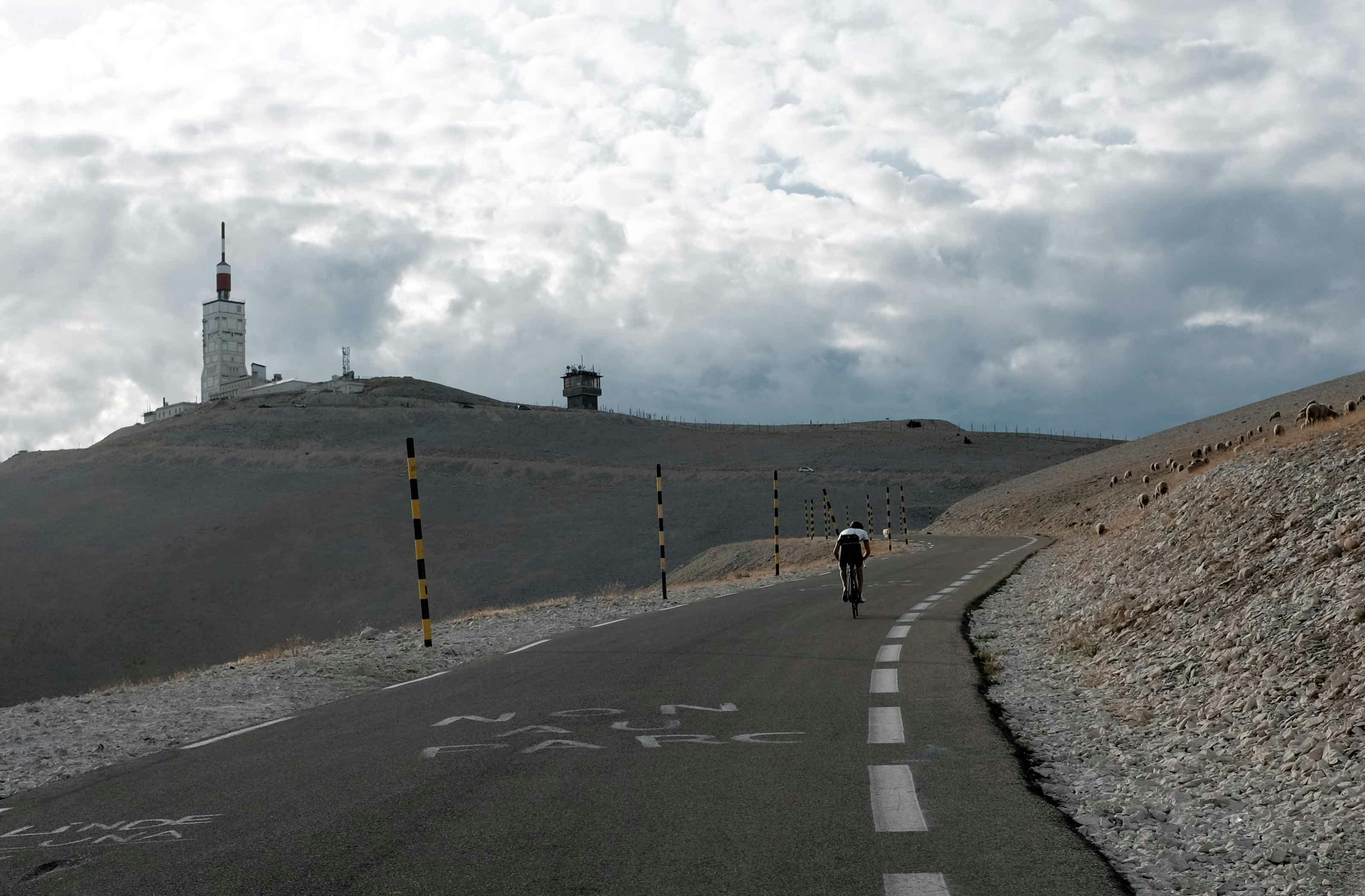
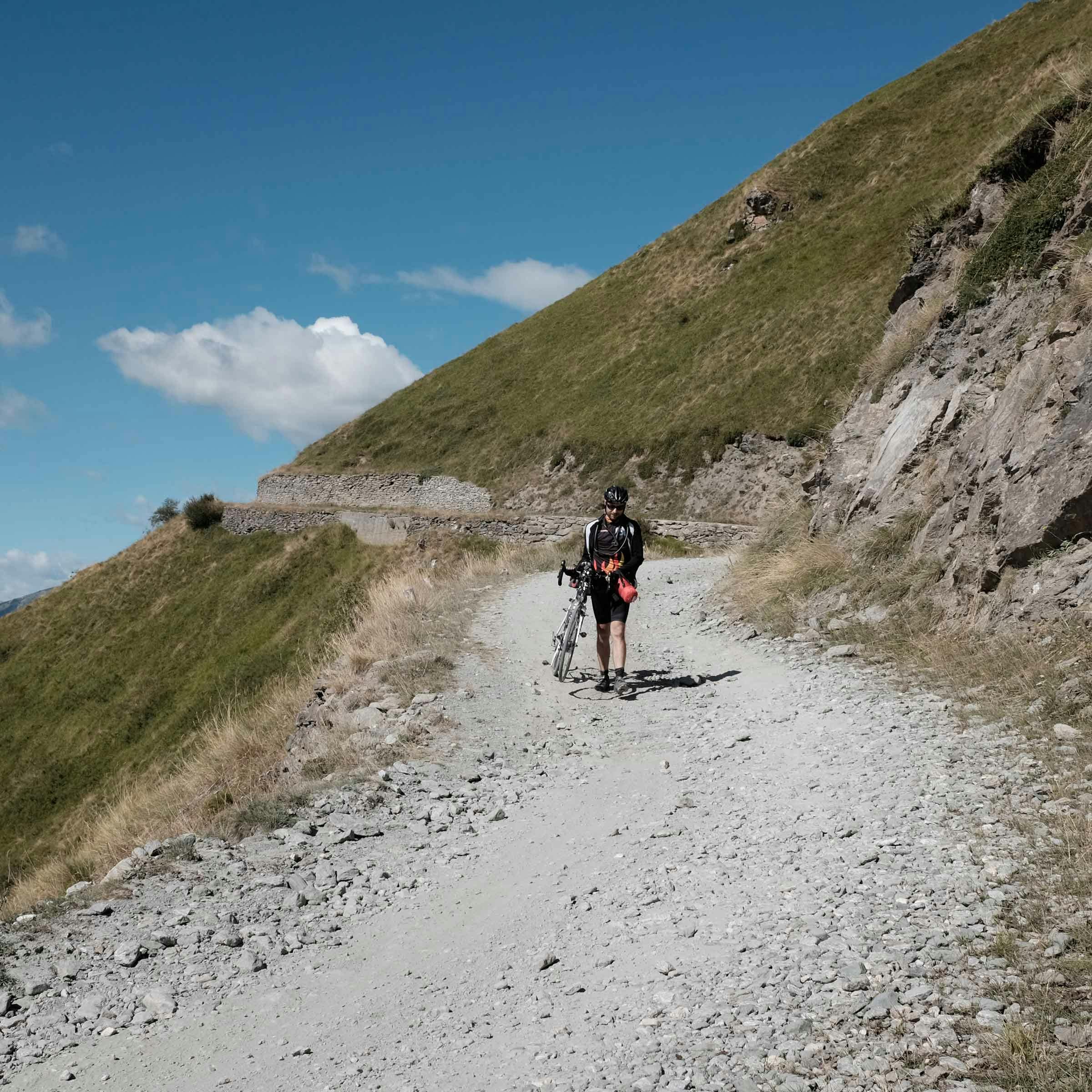
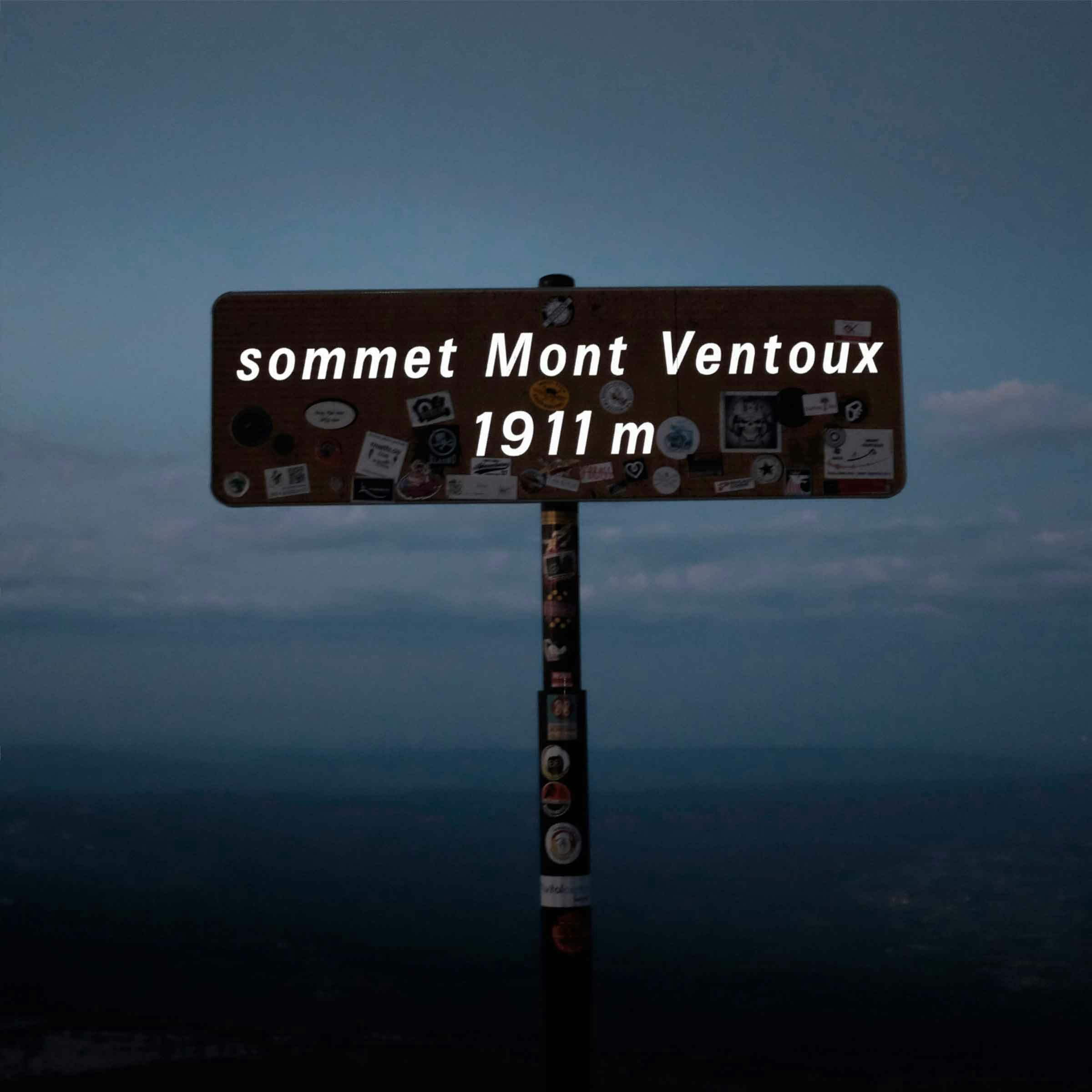

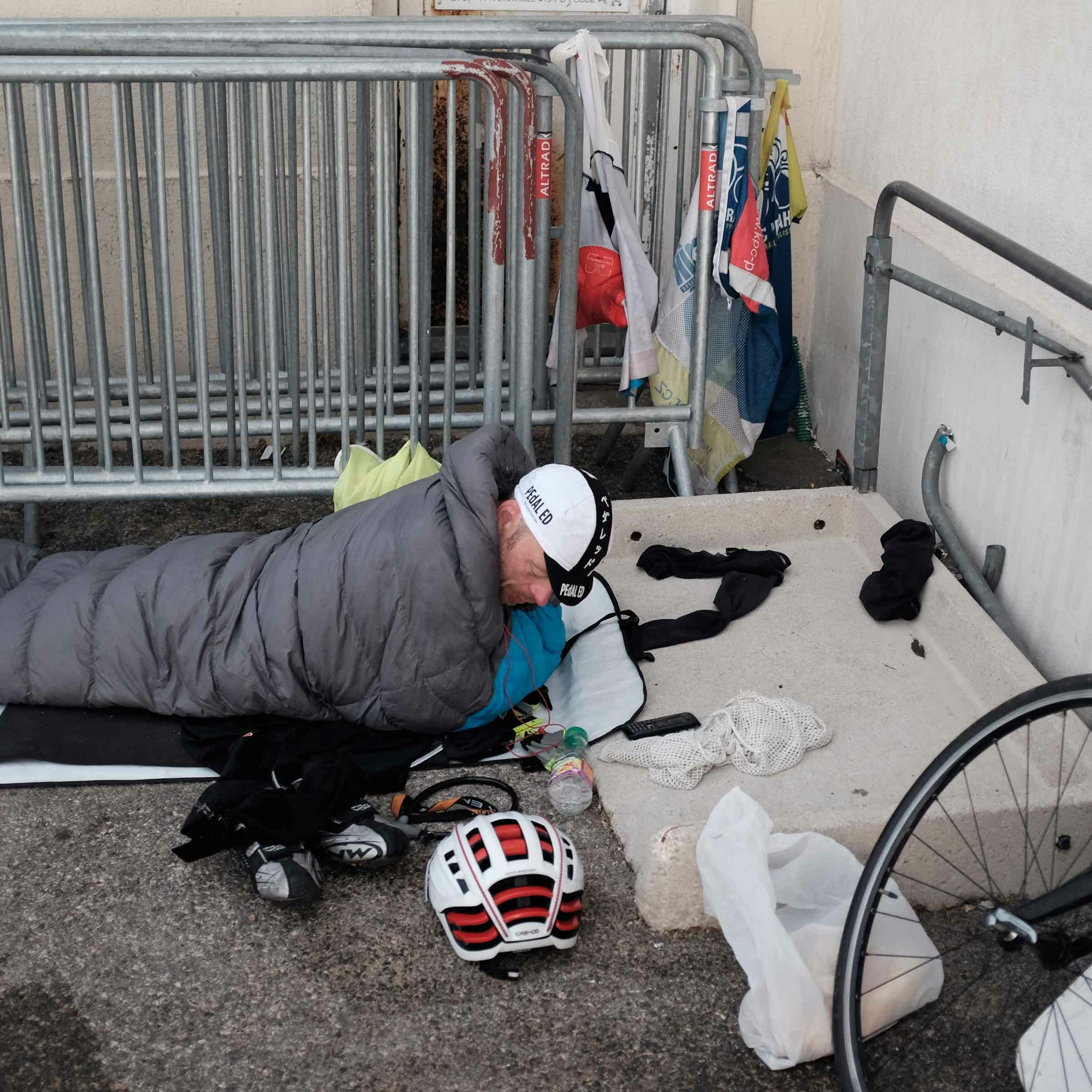
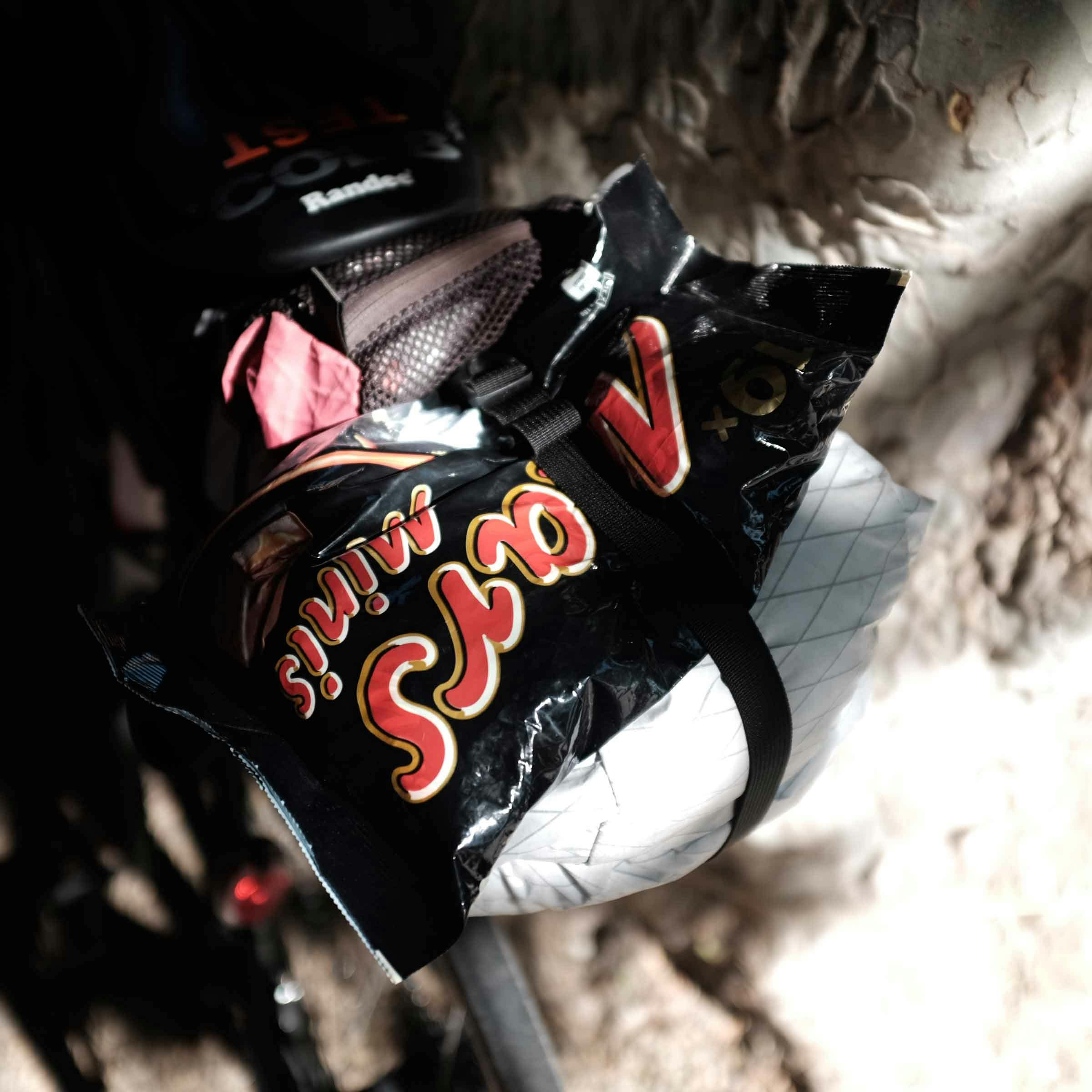
“Mike’s vision for a race made total sense to me; it was what the Tour de France could have been…I need a simple way of showing that Mike is not at the race but that the vision is still his, and it’s well and truly alive”
As an artist, I need to change how I work. I always feel the need to change the way I work if it becomes too easy or predictable. For me, new cameras do this. This year I have kept the simplicity but decided upon more lenses. A state of the art camera body – the Panasonic GH5 – with four simple manual Voigtländer lenses, all f0.95: 10.5mm (21mm eq); 17.5 mm (35mm eq); 25mm (50mm eq); 42.5 mm (85 mm eq). It has a small sensor; I’m cutting my sensor in half, TCR style.
I will not go on about why I made the small sensor decision, that’s for a tech blog somewhere else. But, I will talk about colour as that’s part of my preparation. I made a colour balance decision the first year and carried it through to the next, with occasional black and white images. I feel this year all my work should be black and white; I need a simple way of showing that Mike is not at the race but that the race vision is still his, and it’s well and truly alive.
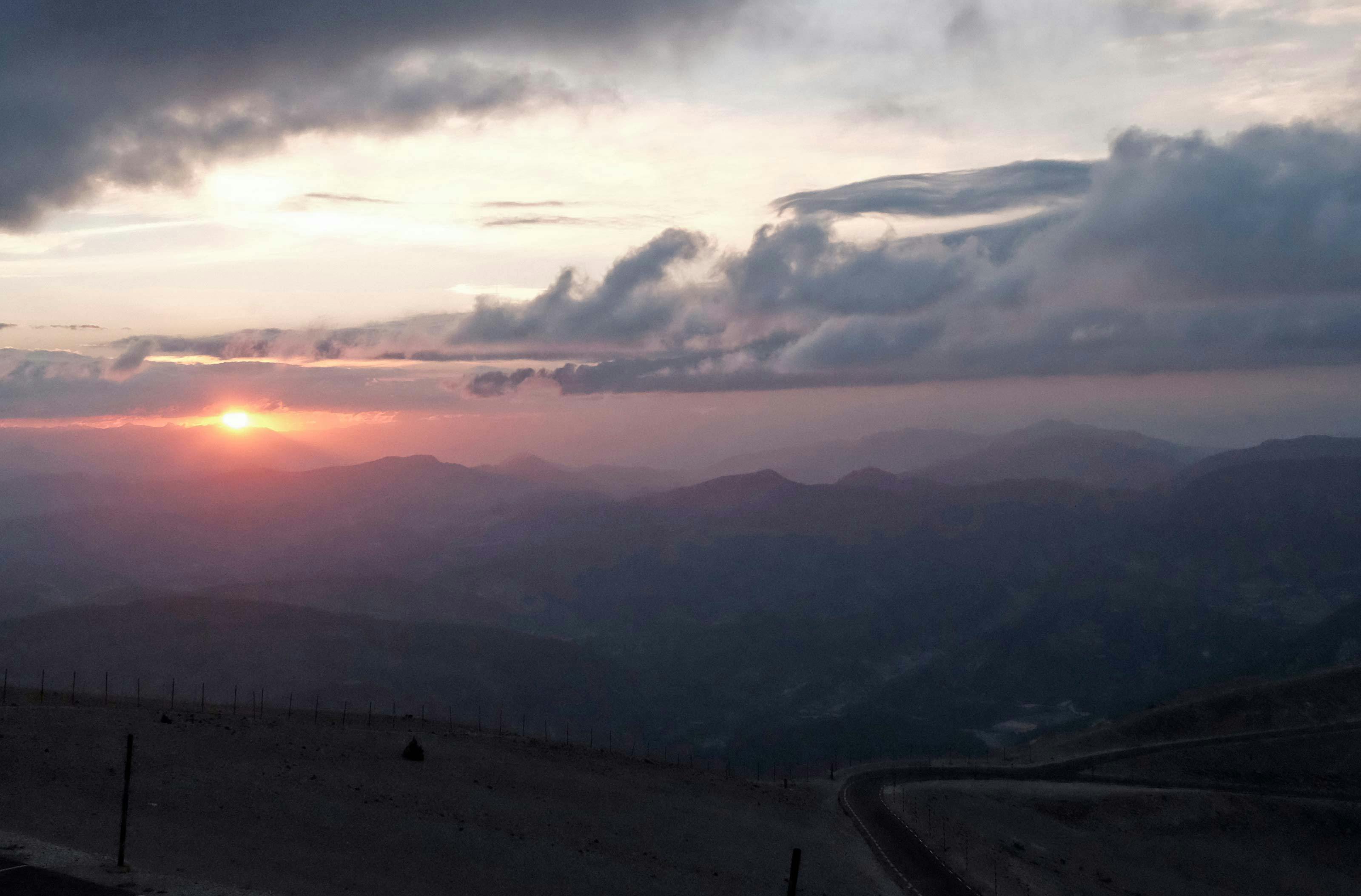
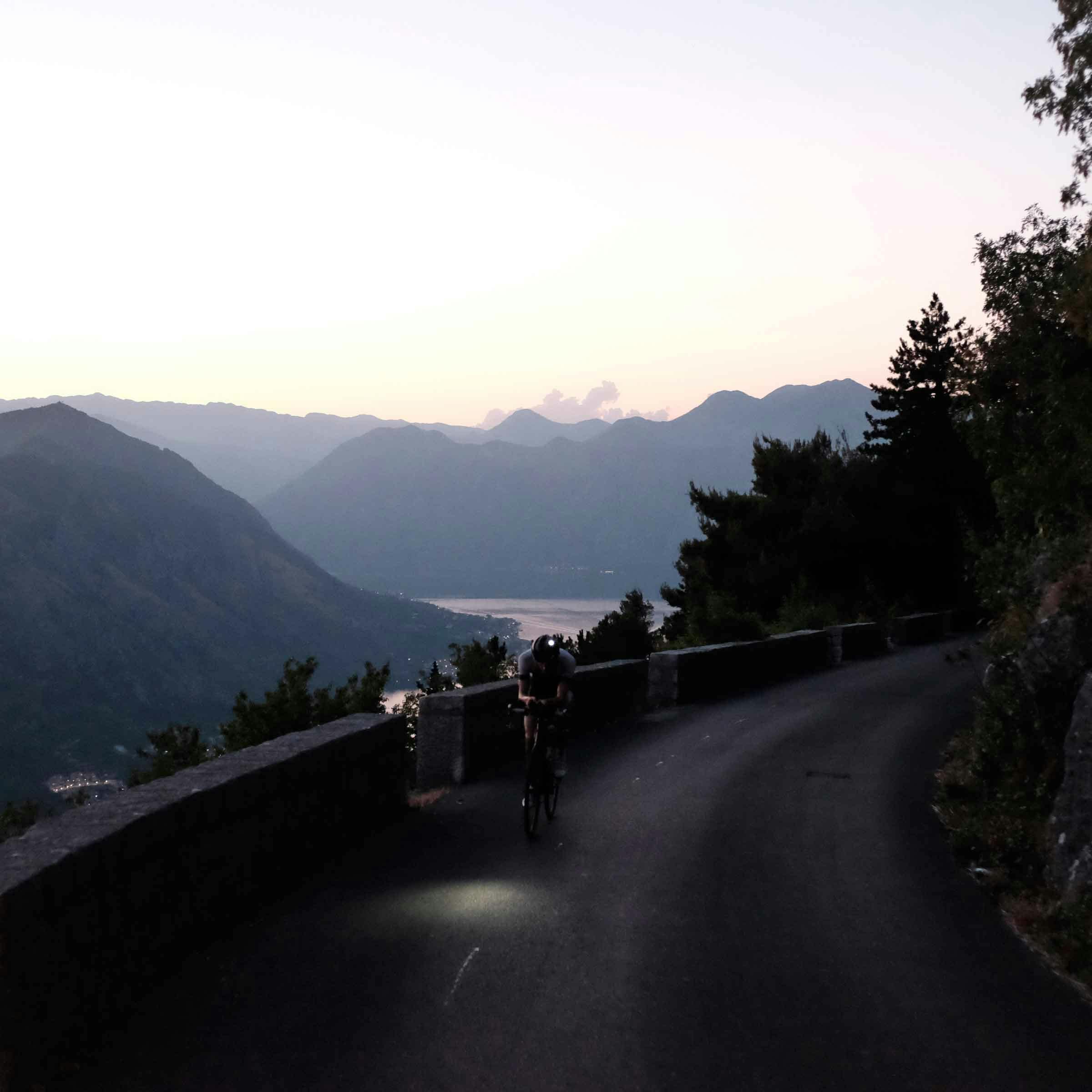
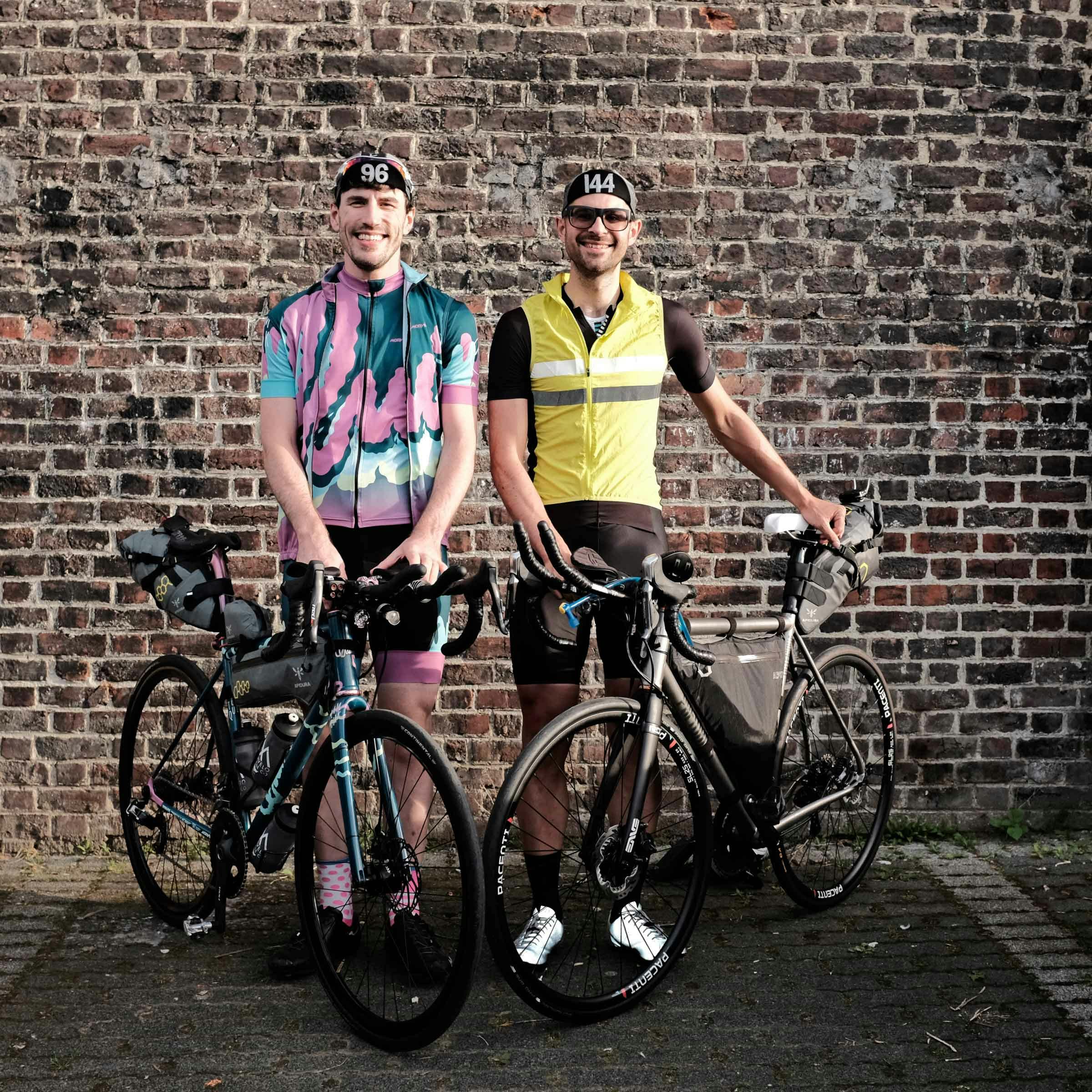
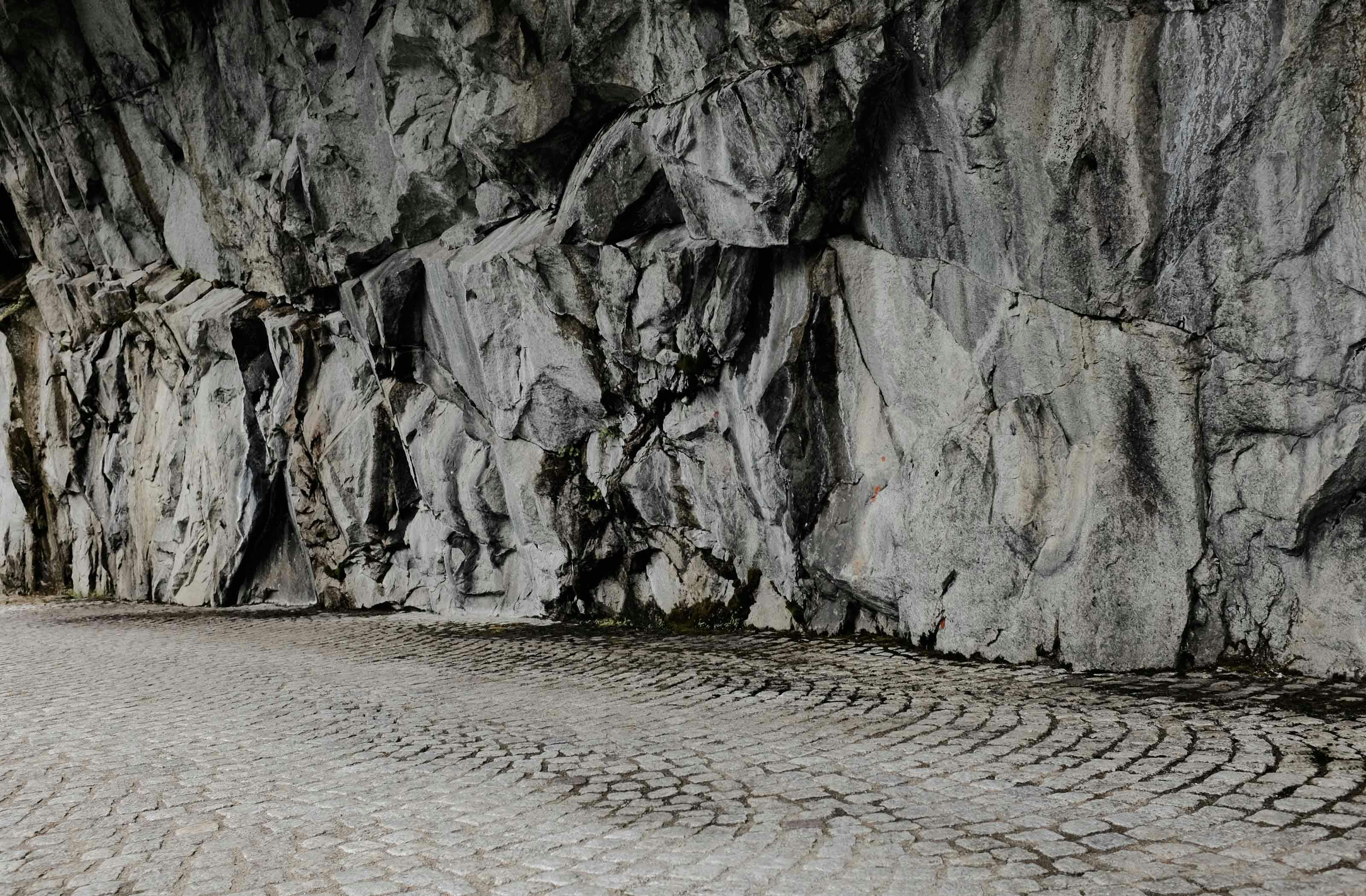
So, my preparation for the TCR: the journey is complex to capture therefore keep the photography simple. Make a framework for colour, aspect ratio (typically 1:1 and 16:9) and workflow and stick to it. Everything else – the riders, the security barriers lining the roadsides, the fascinating landscapes and people en-route – will change and shift through the weeks. I can’t wait…